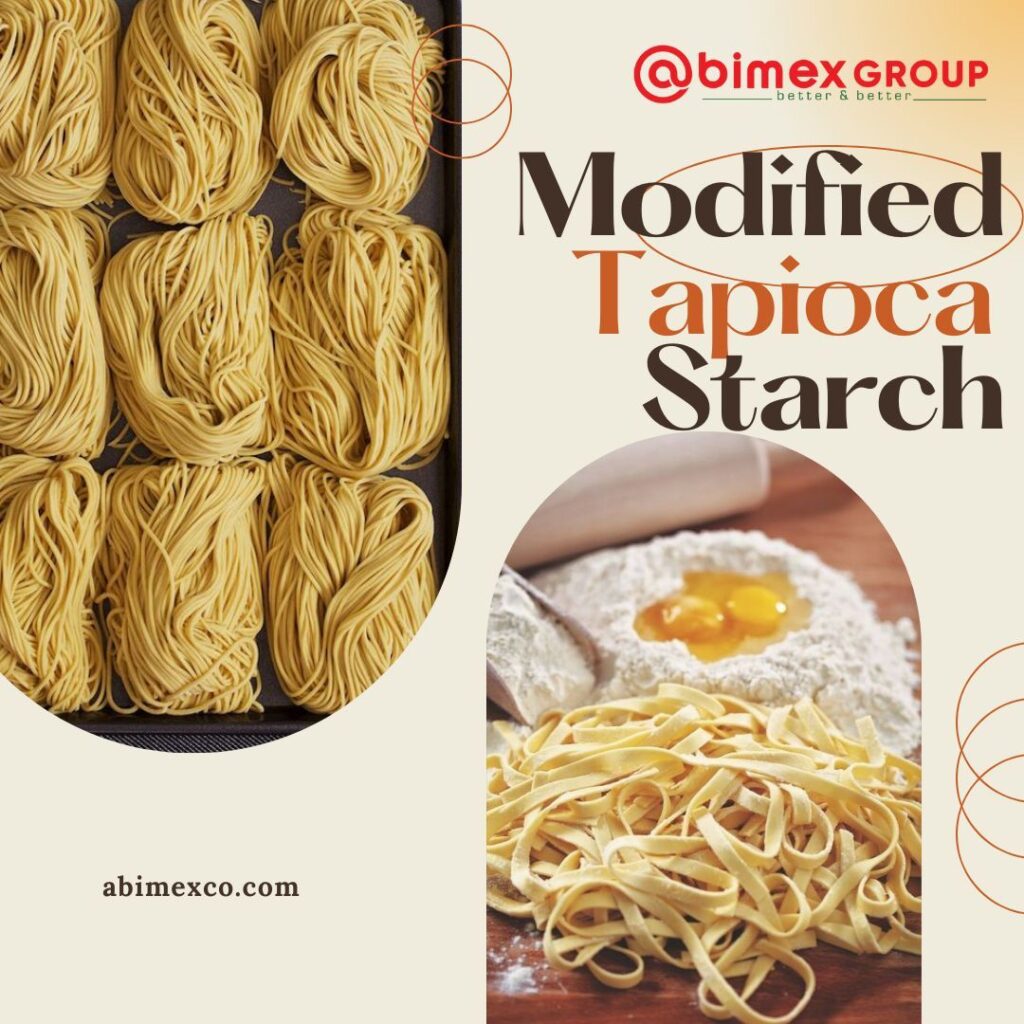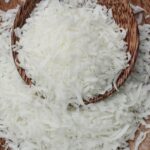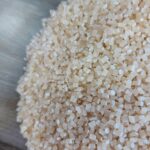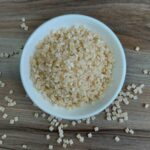CASHEW NUT SHELL OIL
In the world of noodle production, achieving the perfect texture, consistency, and quality is a constant pursuit. Whether it’s instant noodles, fresh noodles, or specialty varieties, the right ingredients make all the difference. One such ingredient that has become indispensable in the industry is modified tapioca starch. But what makes it so essential? In this article, we’ll explore five key reasons why modified tapioca starch is a must-have for noodle manufacturers, from enhancing texture to improving production efficiency. If you’re in the noodle business or simply curious about what goes into your favorite bowl of noodles, keep reading to discover why this ingredient is a game-changer.

- Superior Texture and Chewiness
Noodles are loved for their unique texture, and modified tapioca starch plays a crucial role in achieving that perfect bite. Unlike regular starch, modified tapioca starch has been altered to enhance its functional properties, making it ideal for noodle production. It provides:
- Improved elasticity: This ensures noodles are flexible and less prone to breaking during cooking or packaging.
- Enhanced chewiness: Modified tapioca starch gives noodles a desirable, springy texture that consumers love.
- Consistent mouthfeel: It helps maintain a uniform texture across different batches, ensuring every noodle is just right.
For example, in instant noodles, modified tapioca starch helps achieve that signature chewy texture even after rehydration. Without it, noodles can become too soft or mushy, which is a major turn-off for consumers.
- Better Heat and Water Resistance
Noodle production involves exposure to heat and moisture, especially during cooking and processing. Modified tapioca starch excels in these conditions due to its enhanced stability. Here’s how:
- Heat resistance: It prevents noodles from becoming overly sticky or disintegrating when exposed to high temperatures.
- Water retention: Modified tapioca starch helps noodles retain moisture without becoming soggy, which is particularly important for fresh and instant varieties.
In fresh noodle production, for instance, this starch ensures the noodles hold their shape and texture even after being boiled or stir-fried. This not only improves the eating experience but also extends the shelf life of the product.
- Cost-Effective and Efficient Production
Efficiency is key in large-scale noodle manufacturing, and modified tapioca starch contributes significantly to streamlining the process. Its benefits include:
- Reduced cooking time: Noodles made with modified tapioca starch cook faster, saving energy and time in production.
- Lower breakage rates: The added strength and flexibility reduce waste caused by broken noodles during processing and packaging.
- Versatility: It can be used in various noodle types, from ramen to udon, making it a cost-effective choice for manufacturers producing multiple products.
For example, in instant noodle production, the use of modified tapioca starch can cut down on drying time, allowing for quicker turnaround and higher output without compromising quality.
Table of Contents
Toggle4. Enhanced Nutritional Profile
Consumers today are more health-conscious than ever, and noodle manufacturers are under pressure to deliver products that align with these demands. Modified tapioca starch offers several nutritional advantages:
- Gluten-free: As a naturally gluten-free ingredient, it’s perfect for producing gluten-free noodles, catering to a growing market segment.
- Low in calories: It allows manufacturers to create lighter noodles without sacrificing texture or taste.
- Fiber enrichment: Some modified tapioca starches are fortified with dietary fiber, adding nutritional value to the final product.
By incorporating modified tapioca starch, manufacturers can appeal to health-conscious consumers while maintaining the quality and taste that noodle lovers expect.
5. Improved Shelf Life and Stability
Shelf life is a critical factor in the food industry, especially for products like noodles that are often stored for extended periods. Modified tapioca starch helps extend the shelf life of noodles by:
- Preventing retrogradation: This is the process where starch molecules recrystallize, leading to staleness. Modified tapioca starch slows this process, keeping noodles fresher for longer.
- Maintaining texture over time: It ensures that noodles retain their desired texture and don’t become brittle or too soft during storage.
- Resisting microbial growth: By controlling moisture levels, it helps prevent the growth of mold and bacteria.
For instance, in dried noodle varieties, modified tapioca starch ensures that the noodles remain intact and appetizing even after months on the shelf, reducing waste and improving customer satisfaction.

Conclusion
Modified tapioca starch is more than just an additive—it’s a vital ingredient that elevates the quality, efficiency, and appeal of noodles. From enhancing texture and chewiness to improving heat resistance and extending shelf life, its benefits are clear. Additionally, its role in creating cost-effective, nutritionally enhanced products makes it a go-to choice for noodle manufacturers worldwide. Whether you’re a producer looking to optimize your process or a consumer curious about what goes into your noodles, understanding the importance of modified tapioca starch is key. As the noodle industry continues to evolve, this versatile ingredient will remain at the forefront of innovation and quality.












